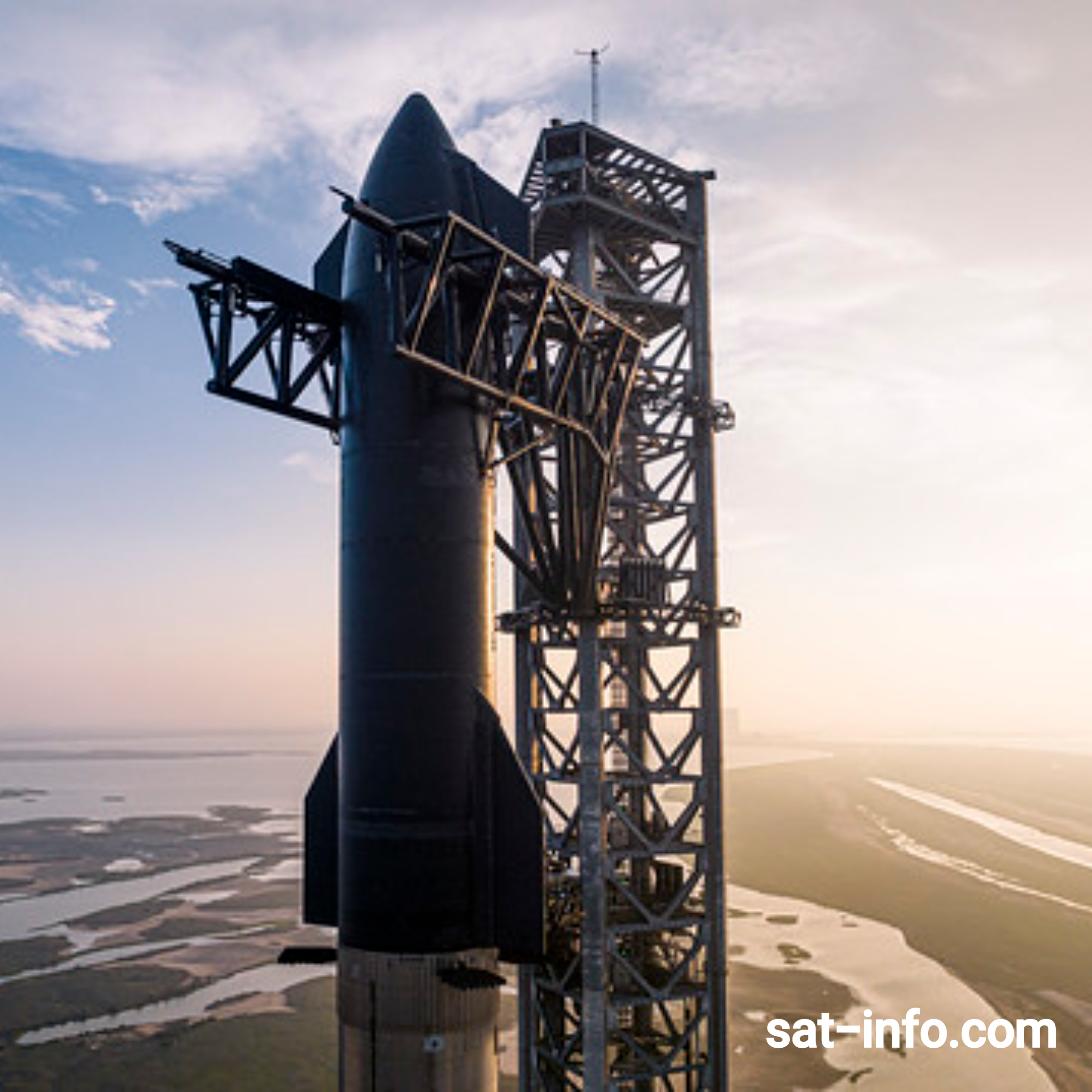Midway through , the global satellite launch landscape has seen unprecedented activity . With hundreds of missions taking payloads into orbit—from Starlink internet constellations to Earth-observation satellites—the year marks a pivotal shift in space deployment strategies. From mega-constellations to pioneering national efforts, here’s a deep dive into the major satellite launches of the year, their purposes, and what they mean for industries and everyday users.
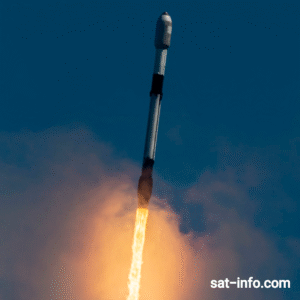
1. 🌐 SpaceX’s Starlink: Scaling the Internet from Orbit
SpaceX continues to dominate with its Starlink mega-constellation aimed at delivering global broadband access. In Q1 2025 alone, over 573 Starlink satellites were launched—significantly ahead of the 472 in the same period last year
Yahoo
+3
TS2 Space
+3
Yahoo Tech
+3
Orbital Today
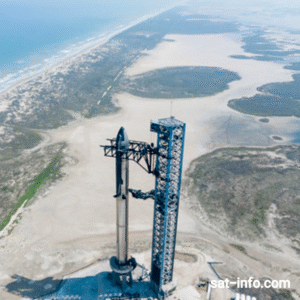
Key missions:
January 6,7,8: 24 Starlink satellites lofted via Falcon 9 from Cape Canaveral, with a flawless drone-ship landing
Spaceflight Now
+2
Space
+2
Keep Track
+2
March 26: Launch of 27 Starlink V2 Mini satellites from Vandenberg, boosting performance with dual-band antennas and optimized payloads is perfect way
Spaceflight Now
July 8: A Falcon 9 carried 28 additional satellites (Group 10‑28) into LEO, marking Booster B1077’s 22nd flight
The Times of India
+2
Space
+2
Spaceflight Now
+2
SpaceX’s rapid cadence—aiming for approximately 170 Falcon 9 missions in 2025—equates to nearly one launch every two days
Stars and Stripes
+2
Orbital Today
+2
NASASpaceFlight.com
+2
. These frequent flights not only expand connectivity but also demonstrate reusable rocket reliability is good.
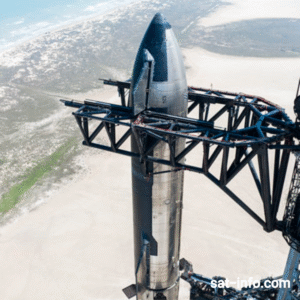
2. 🛰 GPS and Government Satellites
Beyond commercial internet, SpaceX has supported national infrastructure:
include May 30: Deployment of GPS III‑7 SV-08 via Falcon 9, the latest in modernizing America’s crucial navigation network
Spaceflight Now
+1
Stars and Stripes
+1
.
Ongoing missions include Inmarsat, Thuraya, and other communications satellites vital for defense and civilian services.
This trend showcases the evolution of commercial launch providers as dependable partners for government and military payloads country.
3. 🌎 Earth Observation & National Initiatives
2025 has also witnessed the rise of national space programs and Earth-observation efforts:
Pakistan’s PRSC‑EO1
Launched on January 17 via Long March 2D from Jiuquan, this marks Pakistan’s first domestically built Earth-observation satellite
Spaceflight Now
+5
Wikipedia
+5
Wikipedia
+5
.
South Korea’s BlueBon
Part of SpaceX’s Transporter-12 ride-share on January 14, BlueBon carries a multispectral camera and onboard AI processor for monitoring marine algae and carbon
Wikipedia
.
Taiwan’s Formosat-8
Scheduled for an October 2025 launch via SpaceX, this six-satellite constellation aims to enhance high-resolution imaging capabilities
Wikipedia
.
These missions highlight the global diversification of satellite capabilities beyond traditional players.
4. 🔭 Emerging Mega-Constellations: Amazon’s Kuiper & EU’s IRIS² and etc
SpaceX’s network is soon to face competition:
Amazon’s Project Kuiper launched its first 27 satellites on an Atlas V in April 2025, aiming for services launch by year-end
Business Insider
+2
Orbital Today
+2
Barron’s
+2
.
The EU’s IRIS² initiative, expected to commence launching satellites this year, plans a 290-satellite broadband and government service constellation
Wikipedia
.
These expanding ecosystems promise higher network redundancy and increased competition in global connectivity.
5. 🧨 Challenges: Congestion, Collision Risk & Regulatory Gaps
The volume of deployments comes with mounting concerns:
By April 2025, over 1,200 satellites had been launched globally—a 50% increase year-over-year
Orbital Today
+1
TS2 Space
+1
.
Studies warn of “25–50 satellite reentries per day” due to orbital congestion and debris
Space
+2
bloomberg.com
+2
Orbital Today
+2
.
Industry backlash surfaced over potential defunding of the U.S. Traffic Coordination System (Tracss), essential for collision management among crowded orbits
ft.com
.
This signals an urgent need for improved orbital traffic governance and debris mitigation as low-Earth orbit becomes increasingly busy.
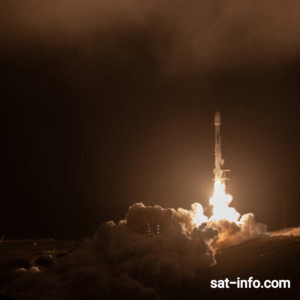
6. ⚙️ Technological Advances: Reusability & Booster Milestones
A significant trend in 2025 is repeat use:
Falcon 9 boosters such as B1077 and B1092 logged over 20 flights, showcasing rocket upcycling efficiency is perfect for
The Times of India
NASASpaceFlight.com
+1
Orbital Today
+1
Spaceflight Now
+2
Spaceflight Now
+2
The Times of India
+2
.
Across the U.S., Europe, and China, rapid launch cycles are becoming standard—underscored by events like the first Falcon 9 doubleheader from the East Coast .
These achievements are reshaping the economics and sustainability of spaceflight.
7. 🛰️ European Resilience: Domestic Launch Capacity
Europe is pushing toward sovereign launch autonomy:
Andøya Spaceport (Norway) and Esrange (Sweden) are being developed to support commercial and national satellite missions, reducing reliance on U.S. launch providers
reuters.com
+1
Space Insider
+1
.
Germany’s ISAR Aerospace conducted its first Spectrum rocket test in March—an orbital attempt from continental Europe. Although the flight provided invaluable data
Space Insider
+1
reuters.com
+1
.
These efforts point to a shift toward geo-strategic access to orbit across Europe.
8. 🌍 What This Means for Earth Users & sat‑info.com Readers
Better Global Connectivity: With Starlink, Kuiper, and IRIS², remote and underserved regions will gain reliable internet.
Enhanced Monitoring: Concerted Earth-observation satellites improve climate tracking, disaster response, and agricultural forecasting.
Space Sustainability: Expect more attention to space traffic and environmental safeguards. Advancements in debris tracking tech and satellite end-of-life plans will become essential.
Geopolitical Shifts: Asia, Europe, and emerging players are becoming key contributors to orbital access, shaping a more multipolar space economy.
🌟 Conclusion: A Sky Afoot with Opportunity and Responsibility
2025 is turning into a transformative year for satellite deployment: intensifying internet constellations, growing national ambitions, and expanding global launch capabilities. However, managing orbital clutter and ensuring long-term space sustainability must match this pace. For sat‑info.com, educating readers on both the breakthroughs and the implications of these missions is essential.

